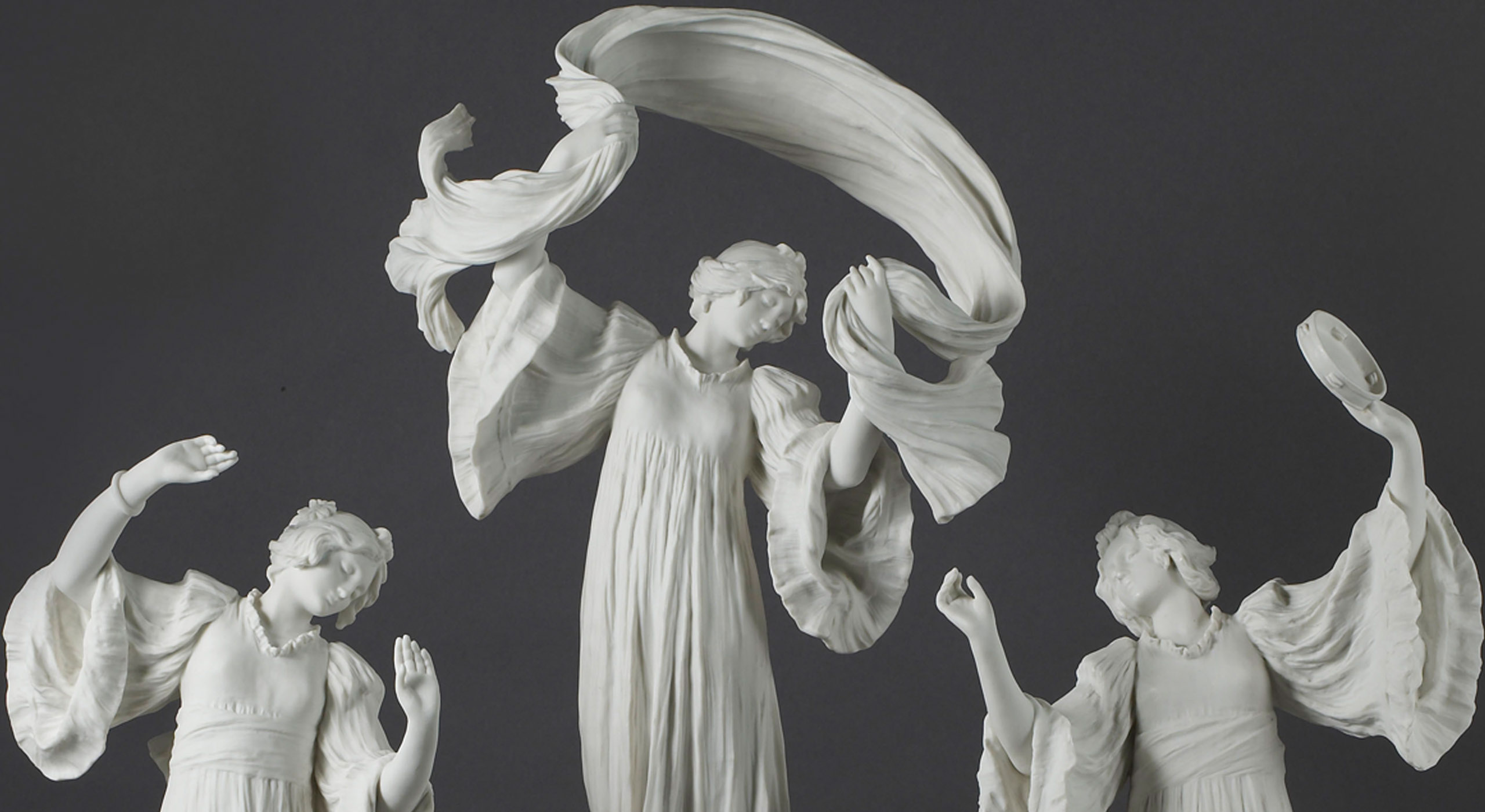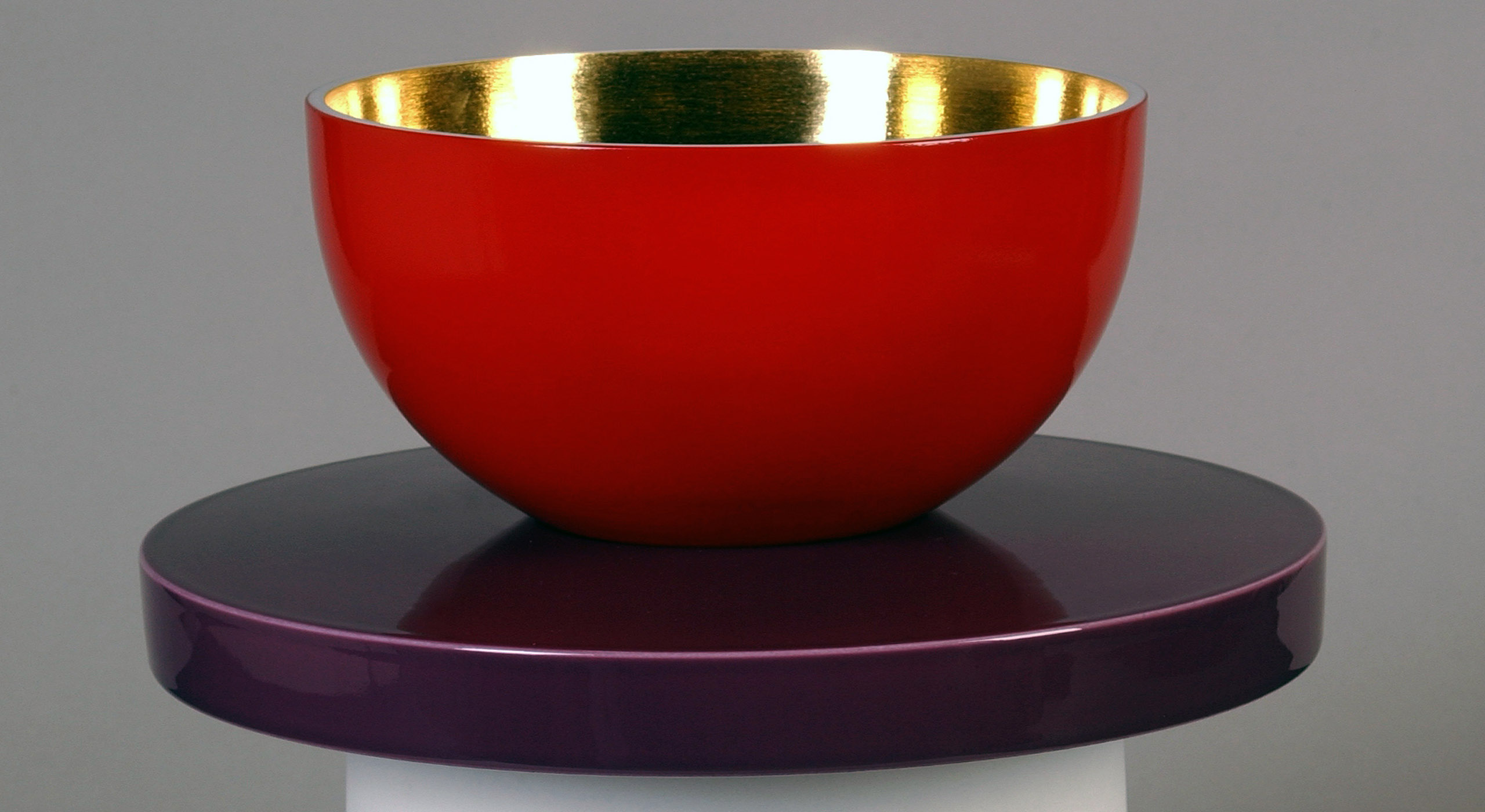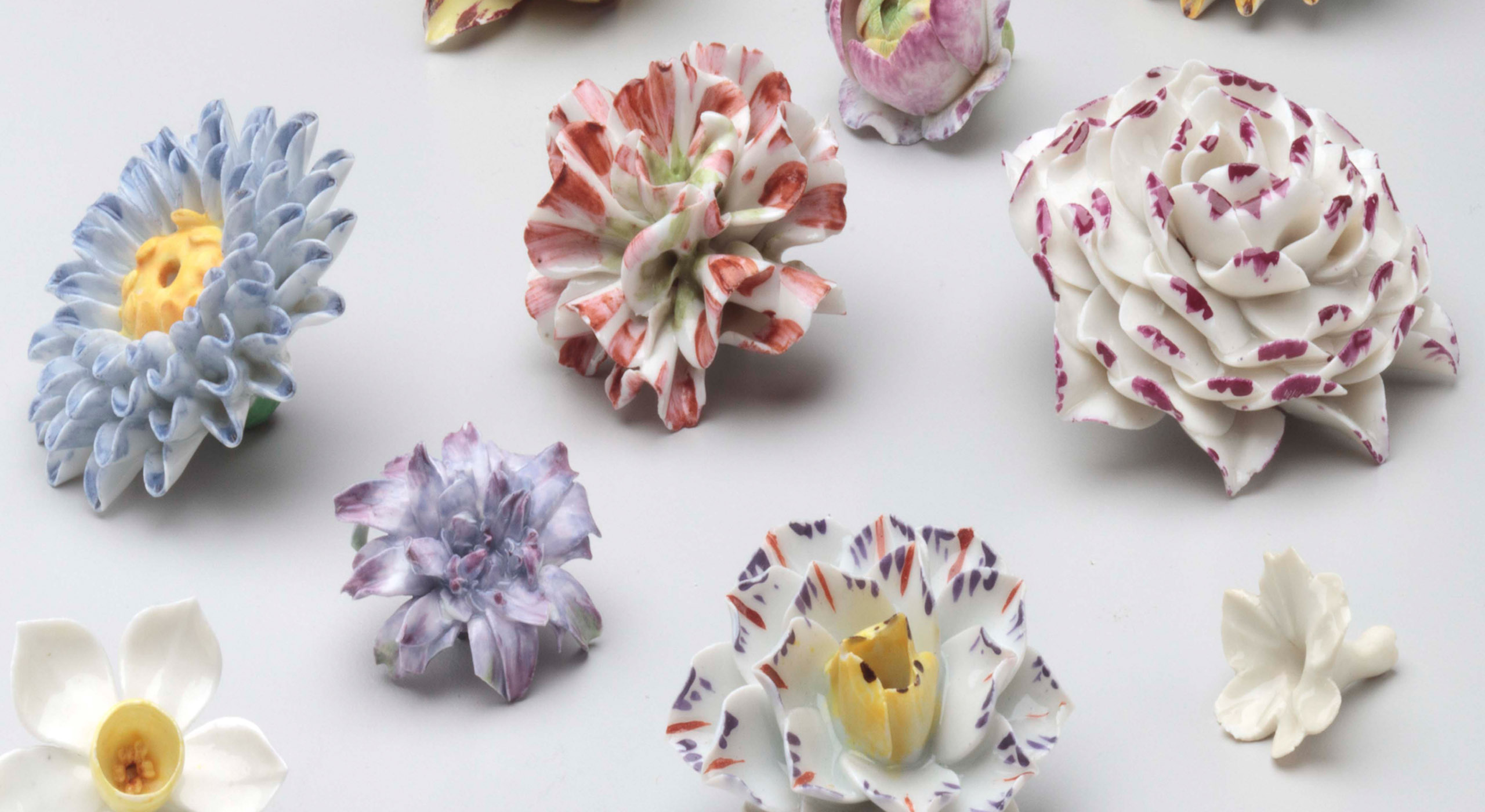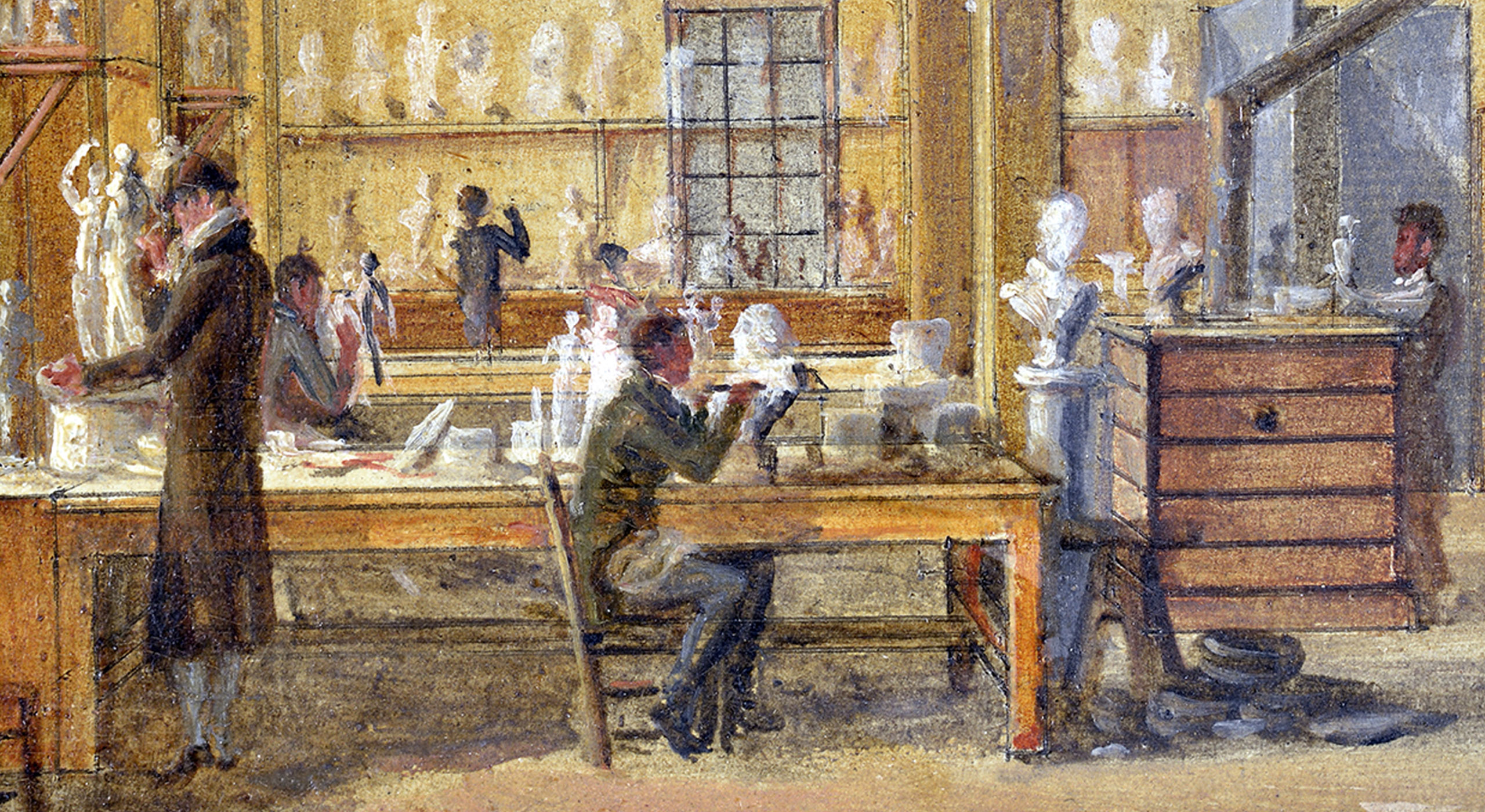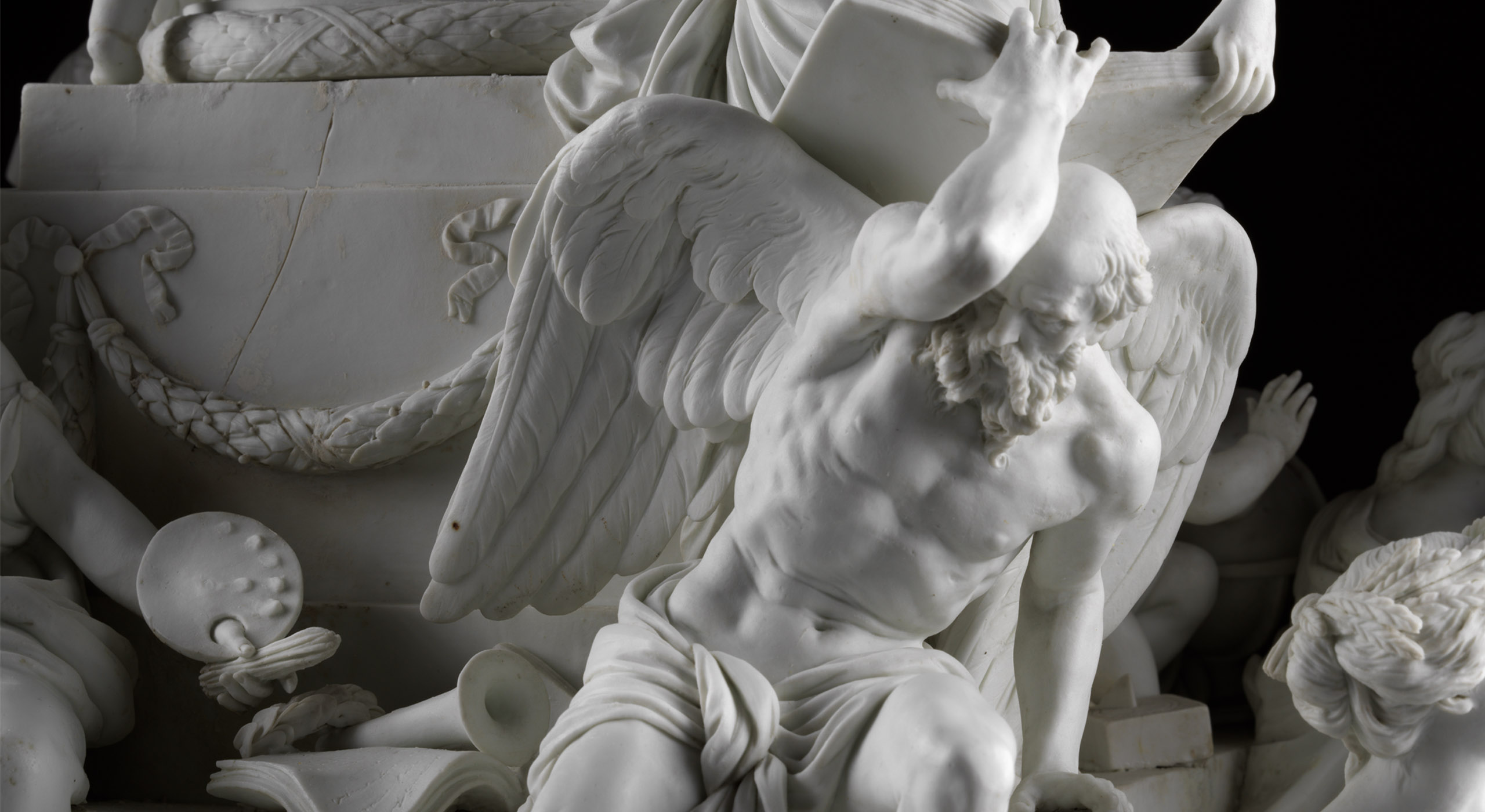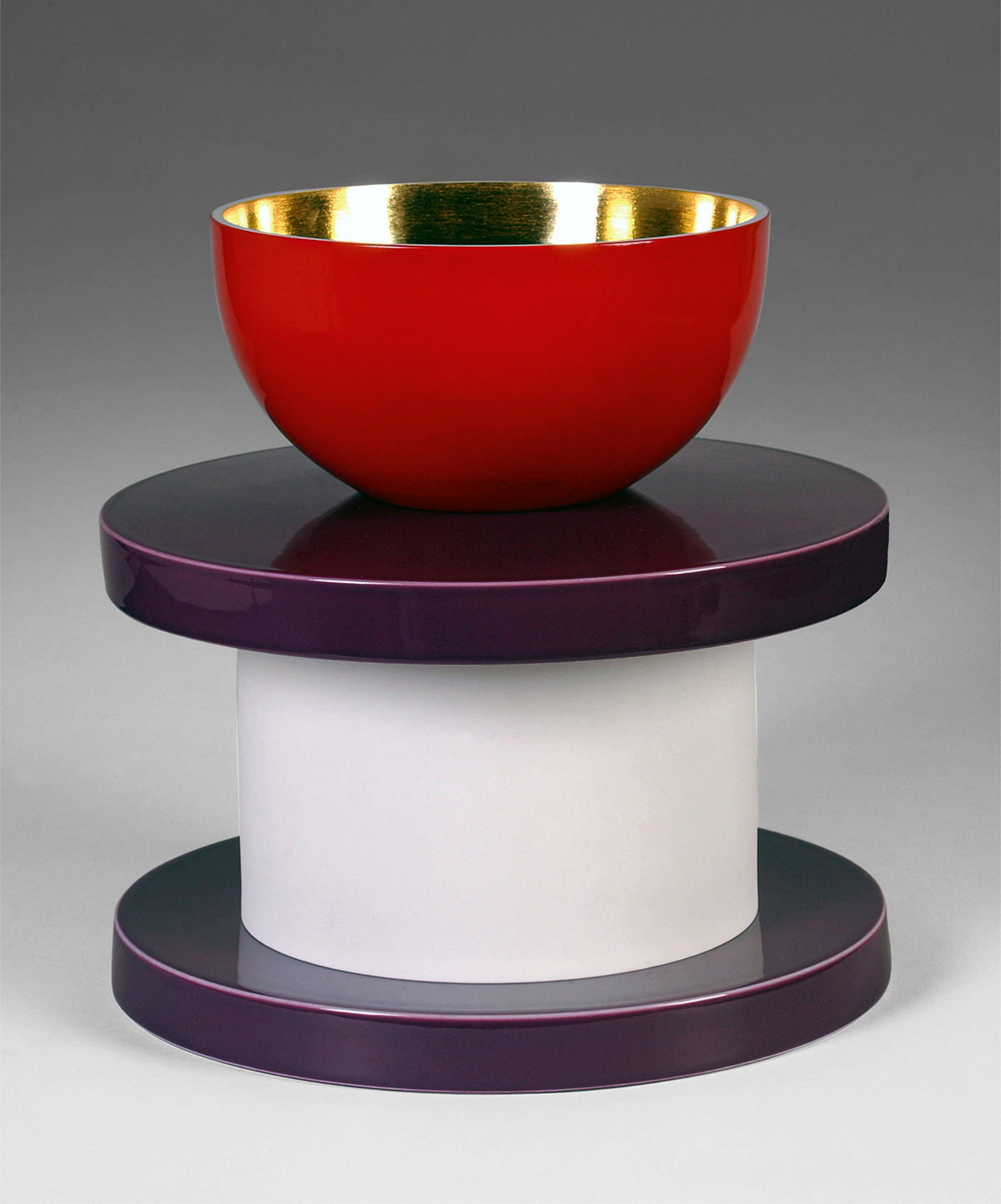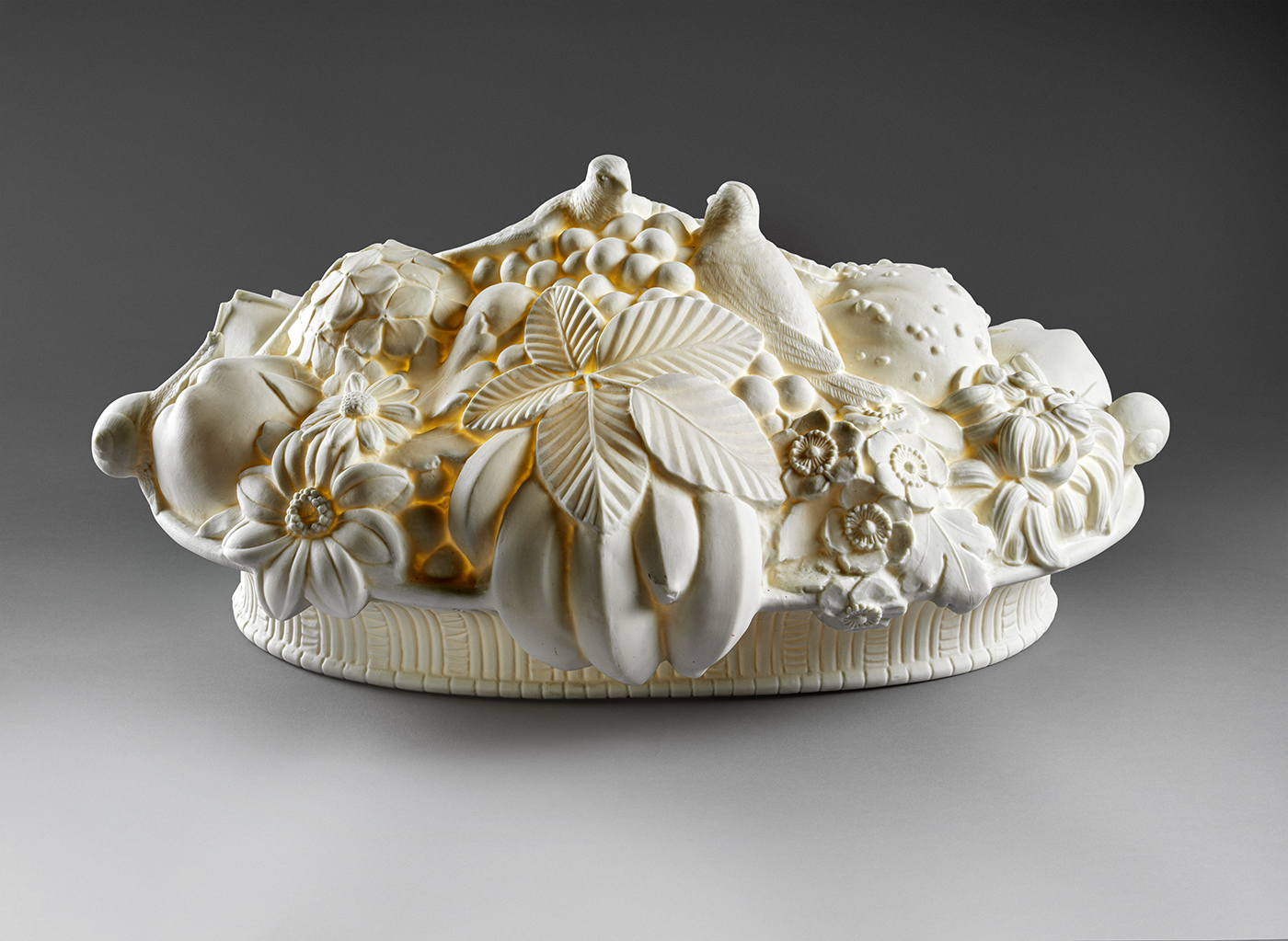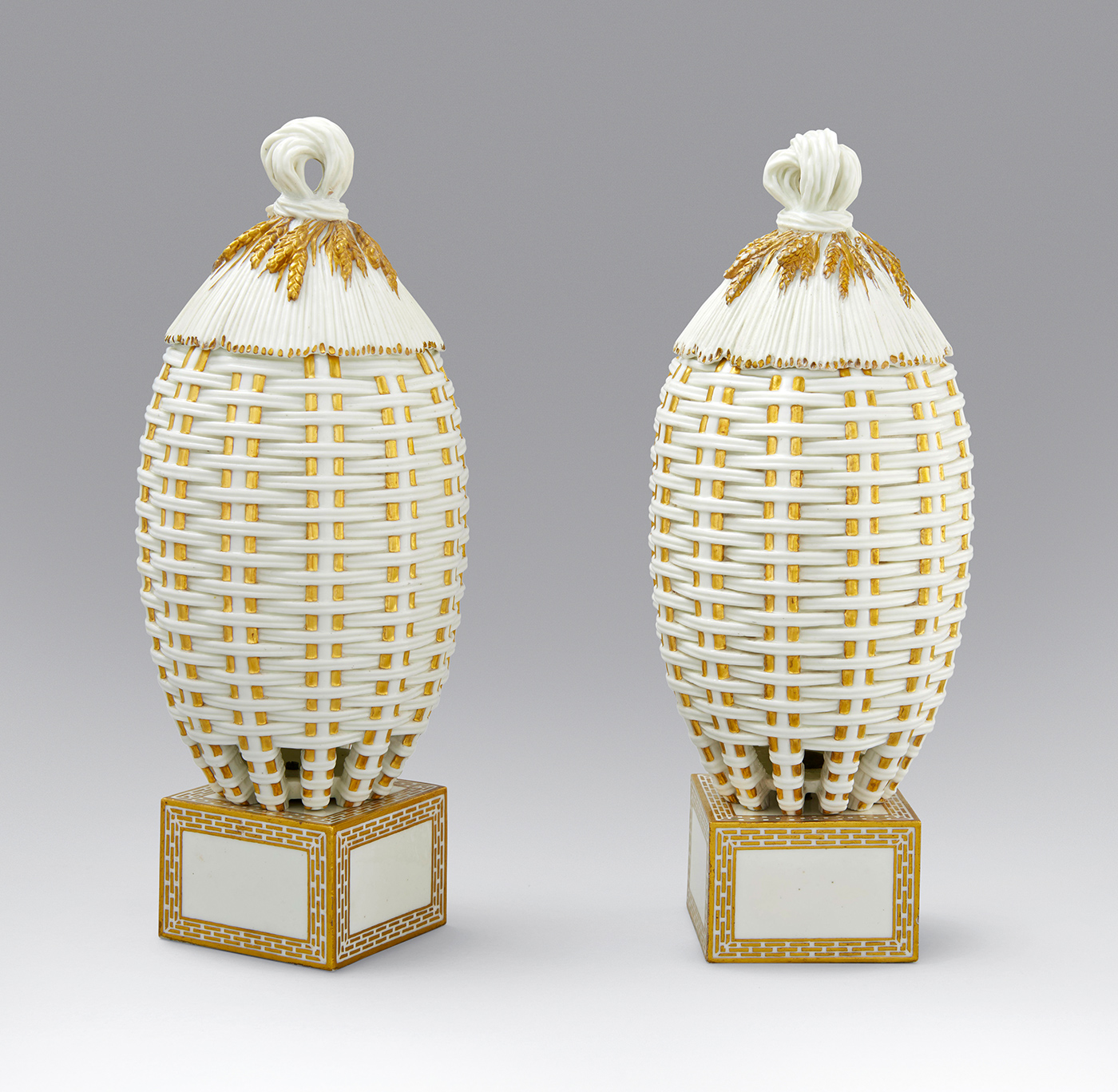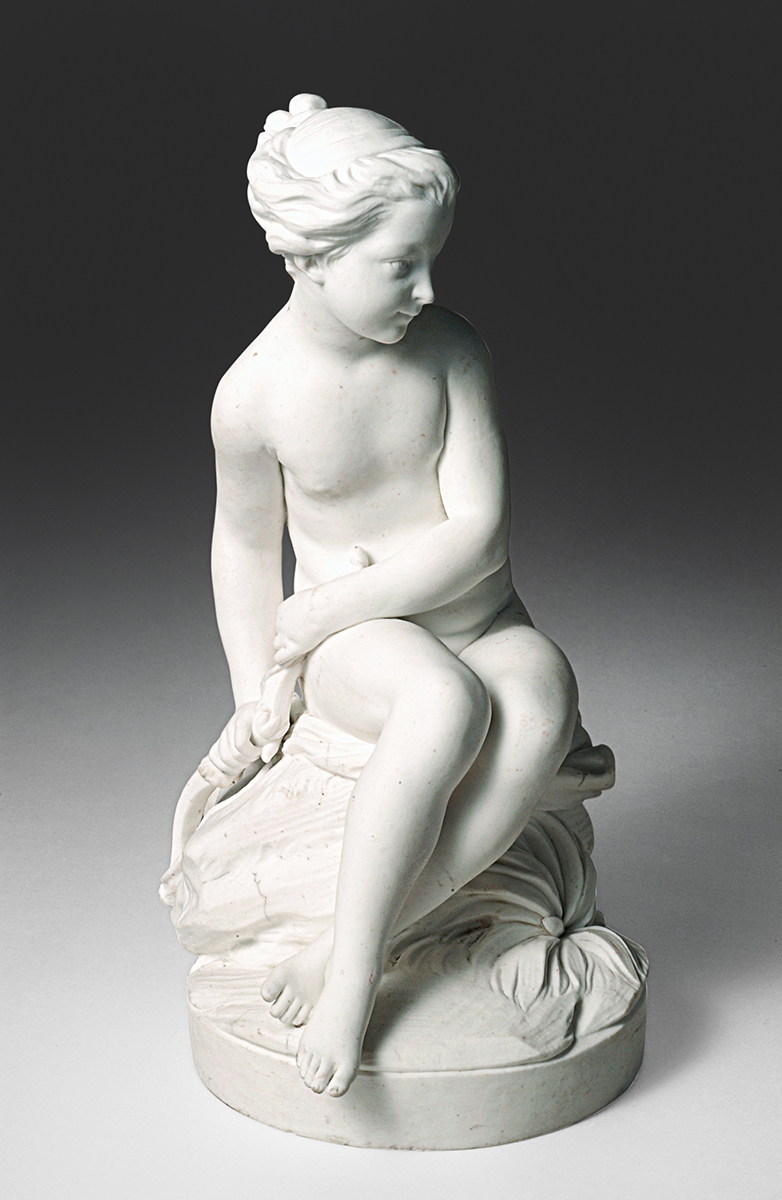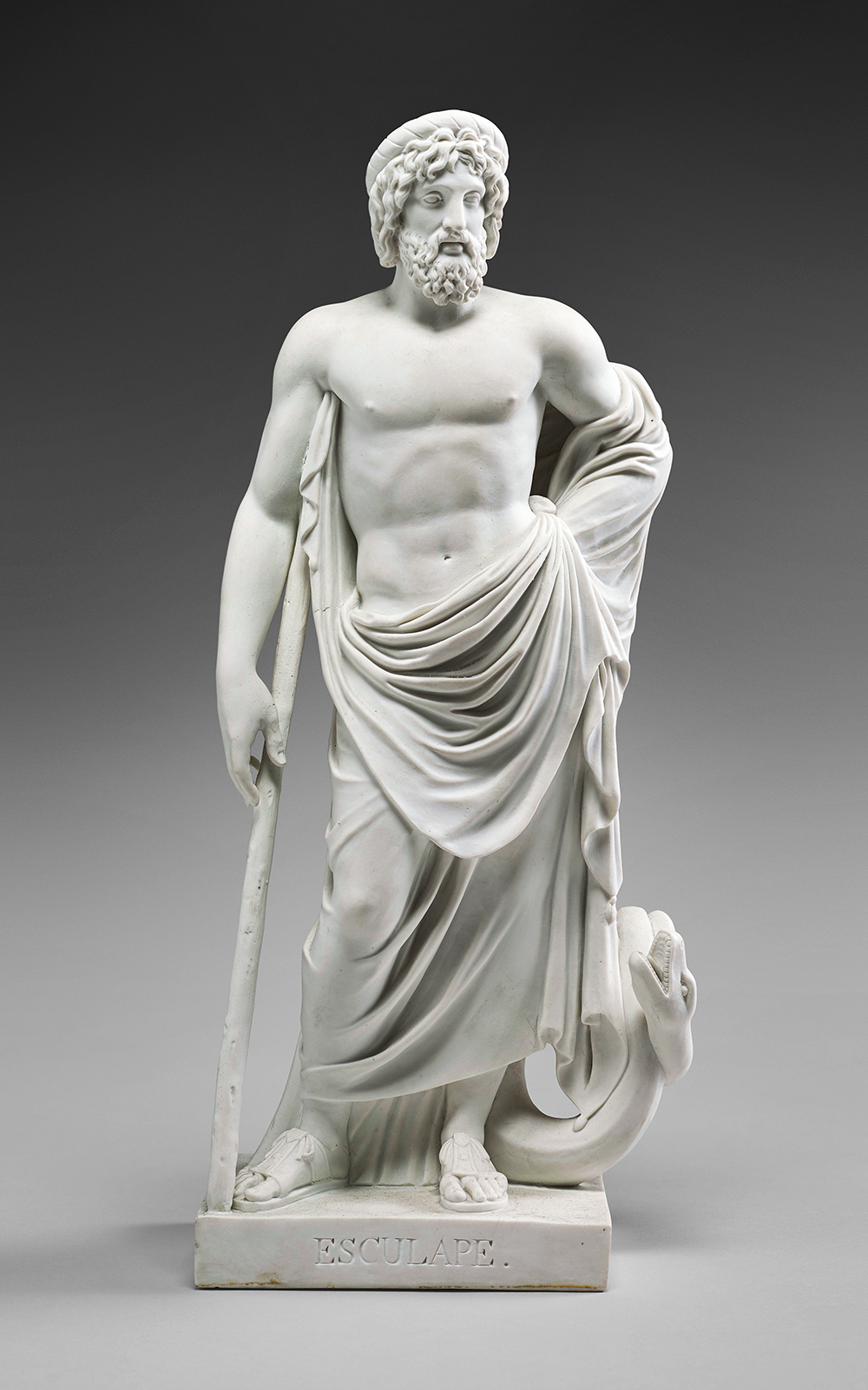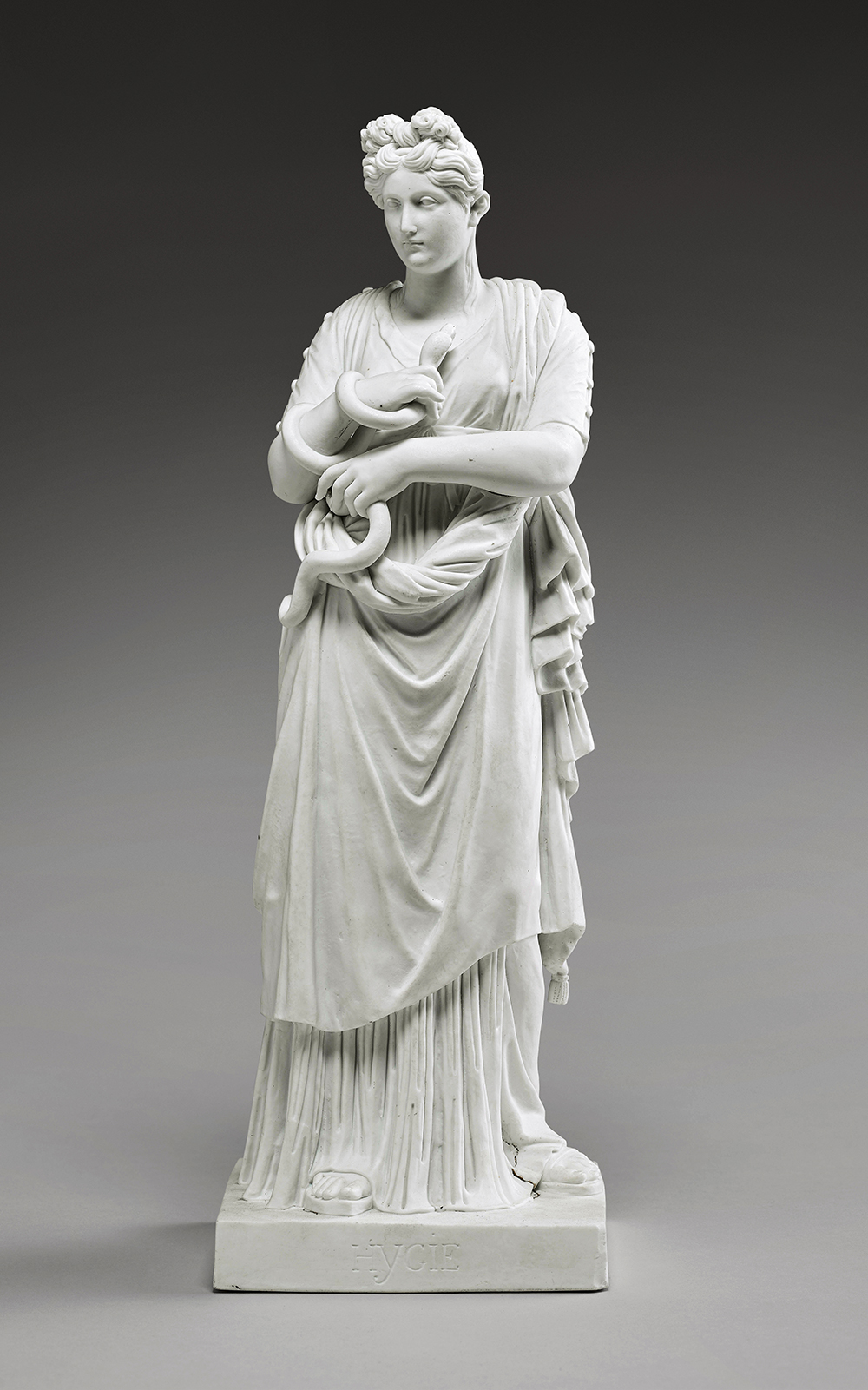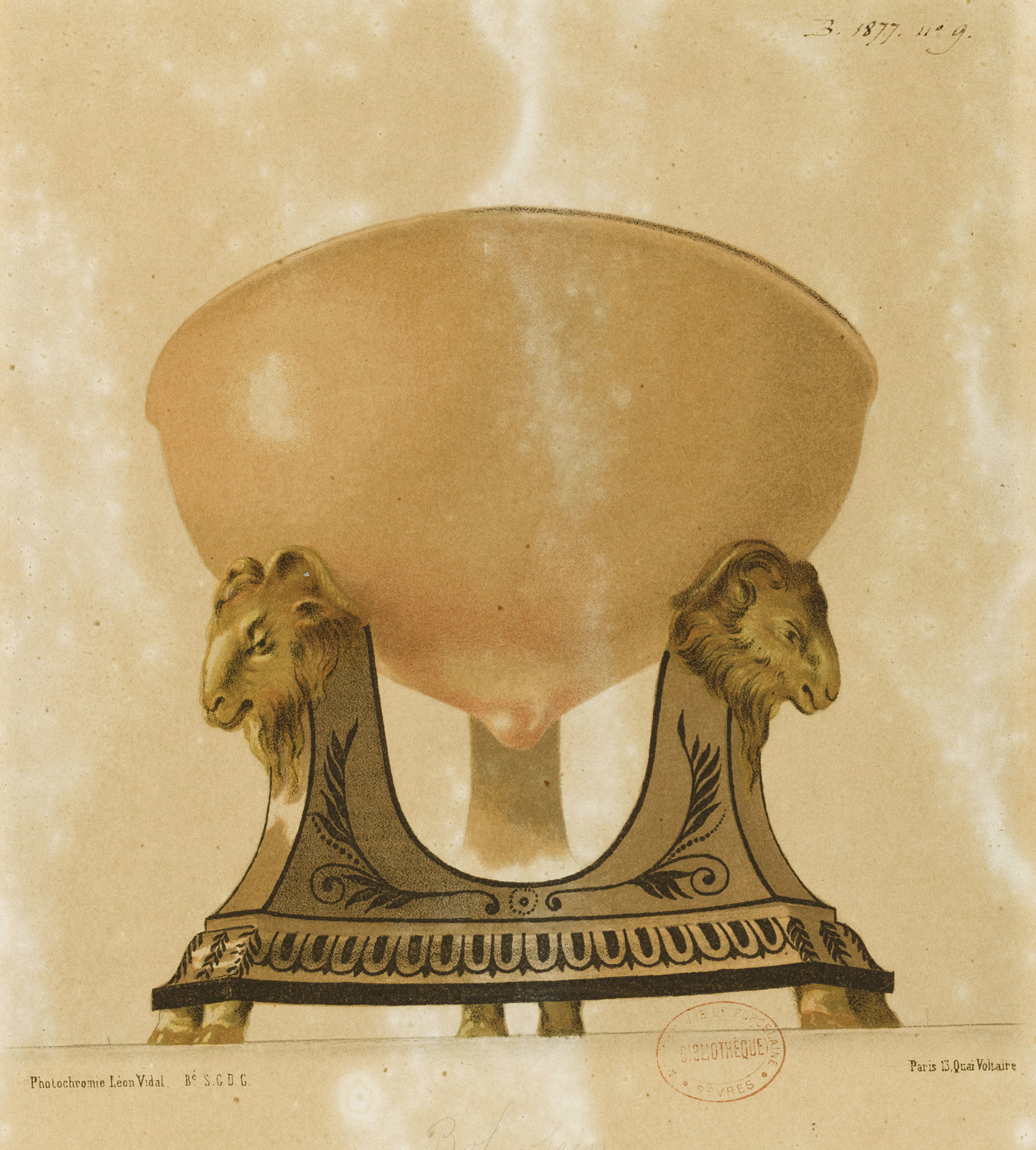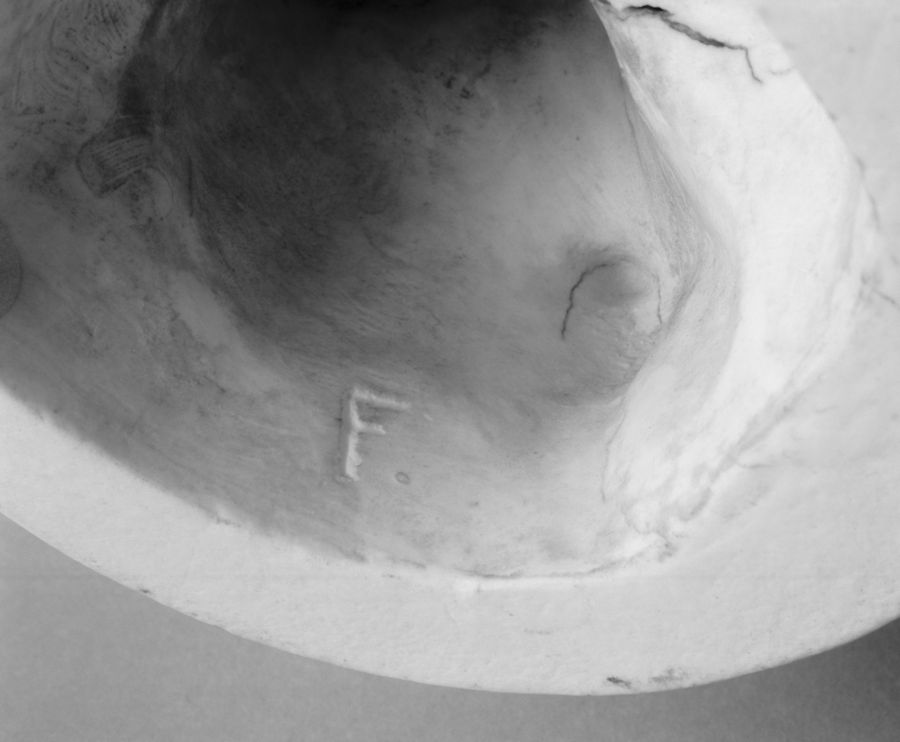For nearly three centuries, the Sèvres Manufactory has played a pivotal role in French art production, its name synonymous with extraordinary porcelain. Founded in 1740 as a small workshop of ambitious and entrepreneurial artisans, in 1756 the manufactory moved from its original location in Vincennes to larger premises in Sèvres, halfway between Paris and Versailles. Three years later, Louis XV (r. 1715–74), recognizing its promise, took full control of the manufactory—initiating a defining relationship with the French state that remains to this day. This exhibition brings together nearly two hundred objects spanning Sèvres’ long history of ceramic production. It tells the story of a remarkable enterprise that has survived political, financial, and technological challenges to become an emblem of French art and ingenuity.
The objects presented here are strikingly diverse: they encompass a wide variety of subjects and styles developed in response to changing tastes and cultural imperatives, as well as technological innovations. These works are united by their transformative approach to material, the manner of their making, and their dramatic presence. Rather than dividing their various three-dimensional forms into traditional categories of “fine” and “decorative” art, this exhibition considers them together—on equal terms—simply as “sculpture” in its broadest sense.
Renowned French artists designed and realized many of the objects on view. However, behind those famous names are the identities of directors, scientists, historians, archivists, and, above all, artisans who together have preserved Sèvres’ exceptional treasury of knowledge: recipes for pastes and glazes, techniques for modeling, firing, and decorating, and modes of cultivating expertise. This exhibition reveals such contributions, tracing their impact across centuries of ceramic development up to the present day.
Many of these sculptures have never been exhibited outside France and almost all belong to the collection of Sèvres et Limoges, Manufacture et Musées nationaux. In addition, several treasures of the Sèvres archives, including drawings, terra-cotta models, and plaster molds, are displayed here for the first time.
For nearly three centuries, the Sèvres Manufactory has played a pivotal role in French art production, its name synonymous with extraordinary porcelain. Founded in 1740 as a small workshop of ambitious and entrepreneurial artisans, in 1756 the manufactory moved from its original location in Vincennes to larger premises in Sèvres, halfway between Paris and Versailles. Three years later, Louis XV (r. 1715–74), recognizing its promise, took full control of the manufactory—initiating a defining relationship with the French state that remains to this day. This exhibition brings together nearly two hundred objects spanning Sèvres’ long history of ceramic production. It tells the story of a remarkable enterprise that has survived political, financial, and technological challenges to become an emblem of French art and ingenuity.
The objects presented here are strikingly diverse: they encompass a wide variety of subjects and styles developed in response to changing tastes and cultural imperatives, as well as technological innovations. These works are united by their transformative approach to material, the manner of their making, and their dramatic presence. Rather than dividing their various three-dimensional forms into traditional categories of “fine” and “decorative” art, this exhibition considers them together—on equal terms—simply as “sculpture” in its broadest sense.
Renowned French artists designed and realized many of the objects on view. However, behind those famous names are the identities of directors, scientists, historians, archivists, and, above all, artisans who together have preserved Sèvres’ exceptional treasury of knowledge: recipes for pastes and glazes, techniques for modeling, firing, and decorating, and modes of cultivating expertise. This exhibition reveals such contributions, tracing their impact across centuries of ceramic development up to the present day.
Many of these sculptures have never been exhibited outside France and almost all belong to the collection of Sèvres et Limoges, Manufacture et Musées nationaux. In addition, several treasures of the Sèvres archives, including drawings, terra-cotta models, and plaster molds, are displayed here for the first time.


